Growing and caring for broccoli in the open field
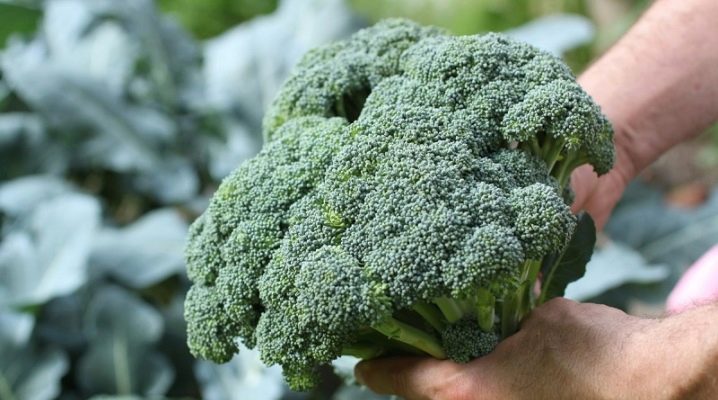
Broccoli is a type of cabbage that is grown in many countries. This healthy and low-calorie vegetable is recommended for both adults and children. Therefore, many gardeners are happy to grow broccoli on their site.
Landing dates
Planting time for broccoli primarily depends on the local climate. This type of cabbage is thermophilic. Therefore, it is worth planting it in open ground only after warming. The temperature at this time should be in the range of 16-20 degrees. When planting cabbage, you need to focus on the features of the local climate. So, in the Moscow region, it is sown in April, in the Urals or in Siberia - in May. Gardeners usually plant late-ripening varieties in June.
When choosing a favorable time for planting broccoli, gardeners can also be guided by the lunar calendar. It is believed that cabbage is best planted during the moon's growing season. But on the full moon or new moon, it is not worth planting it.

The necessary conditions
To get a good harvest, the gardener needs to find the right place to plant the plants. When looking for it, the gardener needs to pay attention to important points.
- Soil quality. Broccoli grows well in any soil. The main thing is that it is loose and fertile. It is also worth remembering that cabbage does not like sour soil. Therefore, the area intended for planting broccoli must be deacidified in the fall. For this, lime or dolomite flour is added to the soil. If in the fall the gardener did not have enough time to carry out this procedure, it is worth liming the site at least a month before planting broccoli. It is also recommended to add a small amount of wood ash to each hole before planting the cabbage.
- Illumination... When planting broccoli, it should be borne in mind that cabbage is a photophilous plant. Therefore, they try to plant it in open areas. If the plant is planted in the shade, the inflorescences will be small and the cabbage will be tasteless.
- Predecessors... Broccoli should not be planted in the same area for several years in a row. Do not plant it in the area where other types of cabbage used to grow. Bad precursors for broccoli are beets, radishes, radishes, and turnips; good precursors for broccoli are carrots, potatoes, pumpkin, and legumes. Cabbage grows well in the area where green manure was grown before.
- Neighborhood... It also plays an important role in which plants will grow next to broccoli. It is believed that its best neighbors are legumes, cucumbers, potatoes and beets. In addition, various herbs can be planted next to broccoli, for example, sage, dill or celery. But other types of cabbage, tomatoes and strawberries should not be planted nearby. This will lead to the fact that the plants will be much more likely to get sick and suffer from pest attacks.
Before planting broccoli, the gardener needs to prepare the planting material. Large seeds should be used to grow healthy cabbage. It is quite simple to select high-quality planting material. First you need to examine the seeds. After that, they need to be placed in a container with a saline solution. All healthy specimens will remain at the bottom, and damaged seeds will float. You need to get rid of them.
Next, you need to activate the process of spilling seeds. To do this, they need to be placed in a cloth bag and immersed in water for 10-15 minutes.Immediately thereafter, the seeds are placed in cold water for a minute. The planting material treated in this way is recommended to be additionally disinfected. To do this, it is placed for several hours in a container with a solution of potassium permanganate. After that, the seeds are wrapped in a piece of cloth and placed in the refrigerator for a day.
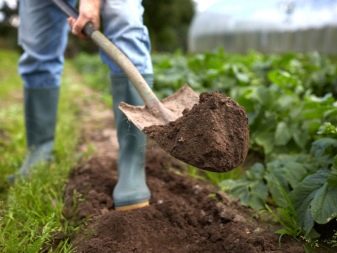

Landing
Having prepared the site and planting material, the gardener can start planting cabbage. Broccoli can be planted both as seeds and seedlings. Each of these methods has its own characteristics.
Seeds
This planting method is suitable for people living in warm regions. Before planting, the soil is loosened and watered with warm water. After that, you can start preparing the holes. It is recommended to plant broccoli at a distance of 30-40 centimeters. There should also be free space between the rows. On average, it is 50 centimeters. It is recommended to place several seeds at once in each hole. This helps to increase the germination of plants.
After sowing the seeds, the beds should be covered with a transparent film. Instead, the gardener can also place a cut bottle over each hole. After the emergence of shoots, the shelter will need to be removed.
If there are many sprouts in the beds, some of them must be removed. This must be done very carefully, trying not to damage the root system of the plants.
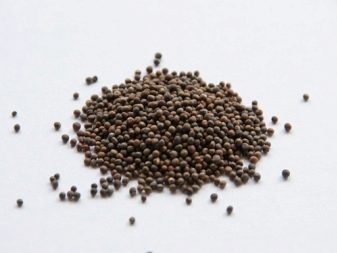
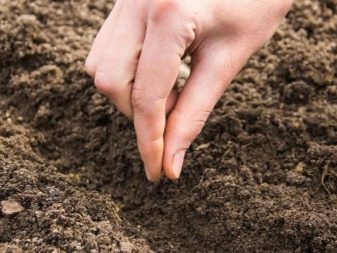
Seedling
You can grow broccoli seedlings both in containers and in separate cassettes. It is important to properly prepare the soil before planting your plants. The soil can be bought in a specialized store, or you can do it yourself. In the second case, to create it, fertile soil, sand and peat are used in equal proportions. You can also add a small amount of pure wood ash to the mixture. Further, the soil should be shed with a weak solution of potassium permanganate. The next day, the soil is additionally treated with "Fitosporin". After that, the container with soil is left for a day in a dark place. Next, the soil is carefully leveled. Small depressions are made in the soil. They should be spaced 3-4 centimeters apart. Don't make these holes too deep.
Seeds are placed in the prepared furrows. The distance between them should be no more than a centimeter. Further, the grooves must be sprinkled with a thin layer of fertile soil. Then the containers with seeds need to be covered with a transparent film. As such, the containers are moved to a warm place. After the first shoots appear, the film is removed. If the seeds were planted in a large container, picking the cabbage will need to be done in two weeks. After carrying out this procedure, it is important to protect the seedlings from the sun. This way they will take root better. It will be possible to start planting 3-4 weeks after sowing the seeds. Seedlings at this time should already be healthy and strong. The seedling planting scheme is no different from the seed sowing scheme. After transplanting cabbage, the plants must be watered with warm water. This way they will take root better.
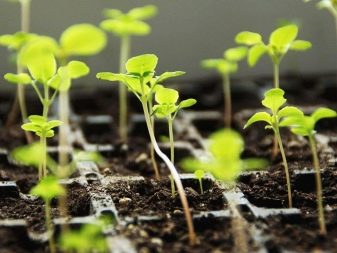
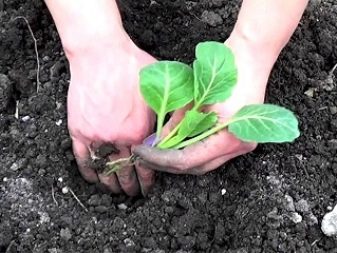
Care
After planting in open ground, the plants need to be properly cared for. Agrotechnics of broccoli consists of regular watering, loosening the soil and feeding.
Weeding and loosening
Loosen the soil next to the broccoli carefully. For the first time, this is done three weeks after the appearance of healthy shoots. Then this procedure is repeated after ten days. Each time the plants need to be hilled. This helps to protect the plant roots.
It is also important to remove all weeds from the area during the weeding process. They can be sent to the compost heap.
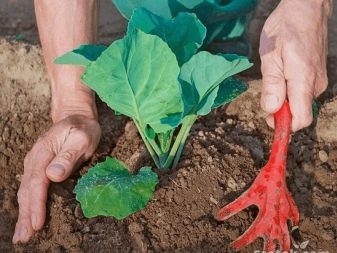
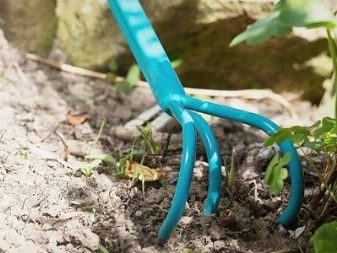
Watering
Broccoli growing in the garden should be watered regularly. If the plants lack moisture, their inflorescences will become tasteless. On average, plants are watered once a week. If the summer is hot, the frequency of watering should be increased. In order not to harm the plants, gardeners recommend using warm water. The best option is settled rainwater.
Top dressing
Broccoli grown outdoors should be fed regularly. On average, fertilizers are applied to the soil three times per season.
- After landing. For the first time, broccoli should be fed a week after planting. At this time, plants need fertilizers with a high nitrogen content. As a rule, an infusion of chicken manure or mullein is added to the soil at this time.
- Before flowering... About two weeks after the first feeding, the plants are fertilized a second time. At this time, they are fed with a solution consisting of 10 liters of water and two tablespoons of urea.
- During the formation of inflorescences. The third feeding of plants is needed so that the inflorescences are more tasty. During this time, broccoli can be fed with both organic and mineral fertilizers. The main thing is that the feeding does not contain too much nitrogen.
Three dressings for plants are usually sufficient for normal growth and development.
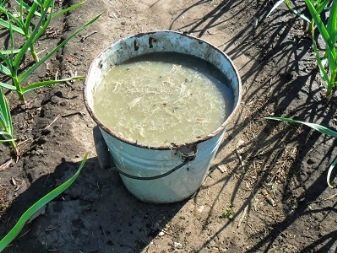
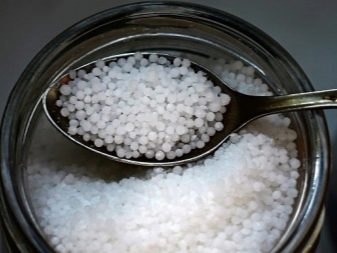
Mulching
So that the soil on the site does not dry out, it can be covered with a layer of mulch. For plant protection, you can use hay, peat or humus. The mulch layer should be within 5-10 centimeters.
If you use mulch on your site, it will be much easier to care for the plants. The main thing is not to forget to regularly renew the vegetation layer. It is recommended to shade the plants in the heat. Otherwise, they may bloom prematurely. Usually spruce branches are used for this.

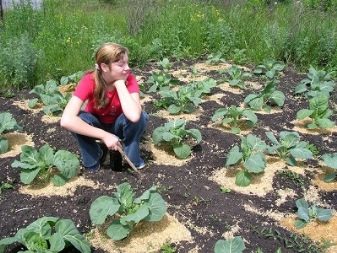
Pests and diseases
Broccoli, like other plants in the garden and garden, often suffers from pest attacks and various diseases. Therefore, having decided to plant this variety of cabbage in his area, the gardener needs to learn how to deal with them.
First you need to talk about broccoli diseases.
- Keela... This is one of the most common health problems for cabbage. Oval or spherical growths appear on infected plants. Over time, they darken and begin to rot. This affects the condition of the plants. It is impossible to cure this disease. Therefore, it is very important to observe crop rotation and decontaminate the soil and seeds before planting.
- Blackleg. This disease most often affects seedlings. The stems of the seedlings become weak. Over time, they turn black, and the seedlings die. Once infected plants are found, they must be removed. After that, the soil must be shed with a weak solution of potassium permanganate.
- Powdery mildew. Diseased plants are covered with a thin white bloom. Over time, it begins to darken. The plants soon die. To combat the disease, it is recommended to use a solution of copper sulfate.
- Fusarium wilting... It is very easy to spot diseased plants. Their foliage becomes yellow-green and lethargic. Over time, it falls off. To prevent the spread of the disease, infected specimens are removed from the site, and the soil is treated with fungicides.
- Alternaria... Plants affected by this disease become covered with dark brown spots, which grow over time. In order to prevent its spread, the site is dug up in the fall, and the seeds are warmed up. If the plants are still affected by the disease, they must be removed from the site.
- White rot... This disease most often affects cabbage growing on acidic soil. It develops most rapidly in cold weather. Infected plants become covered with a cobweb-like bloom. Copper sulfate is used to fight the disease. Prevention of the disease consists in the timely weeding and digging of the site.
- Mosaic... Broccoli is also stained with this disease. Over time, the foliage begins to deform. There is no cure for this disease. Therefore, the infected plants must be dug up and burned.
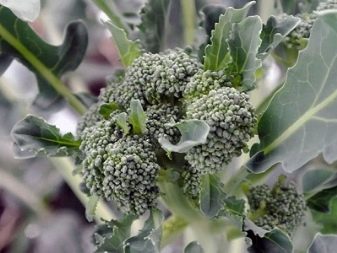
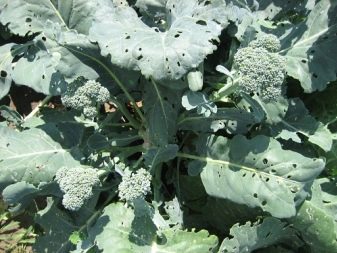
It is necessary to pay attention to pest control. Most often, plants are attacked by the following insects.
- Belyanka... Butterflies with white or yellow wings are very common in cabbage areas. Caterpillars are dangerous to plants, and they damage foliage very quickly.To protect against this pest, celery should be planted next to cabbage beds. The area where cabbage grows should also be dug up regularly.
- Aphid... These small pests are dangerous for many plants. Broccoli aphids also attack quite often. To prevent cabbage from attracting pests, dill is planted next to it. If the plants were nevertheless affected by pests, the area is sprayed with infusion of potato or tomato tops. With its strong aroma, the product will quickly scare away pests.
- Ants... Since ants contribute to the rapid spread of aphids, it is also necessary to get rid of them. Usually gardeners simply pour boiling water over the anthills. Instead, you can also use a weak ammonia infusion.
- Cabbage scoop. These butterflies are not very noticeable. They have gray wings and a small body. Butterflies themselves are not particularly dangerous to broccoli. Young caterpillars damage the cabbage. Pests can be collected by hand, destroying them after that. This is best done in the late evening. The area can also be treated with soapy water. Peppermint growing next to the beds will be a good protection against these pests.
If the area is too infested with pests, insecticides can be used to control them. But this should only be done in the early stages of broccoli development.



Useful Tips
Growing broccoli on their site, many gardeners are faced with various problems. The advice of more experienced people will help to cope with them.
- Feeding should not be ignored. If broccoli grows without fertilization, you will not get a good harvest.
- So that the cabbage does not go into bloom, planting on your site is only time-tested and resistant to environmental influences broccoli varieties.
- If the head of cabbage is still in color, it must be carefully cut off along with the stem. In the future, small side shoots will begin to form at the base of the plant. They can also be eaten.
Following these simple tips, it will be quite easy to grow broccoli in your country house.
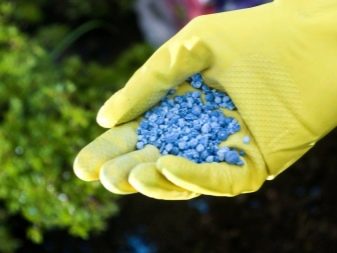














The comment was sent successfully.